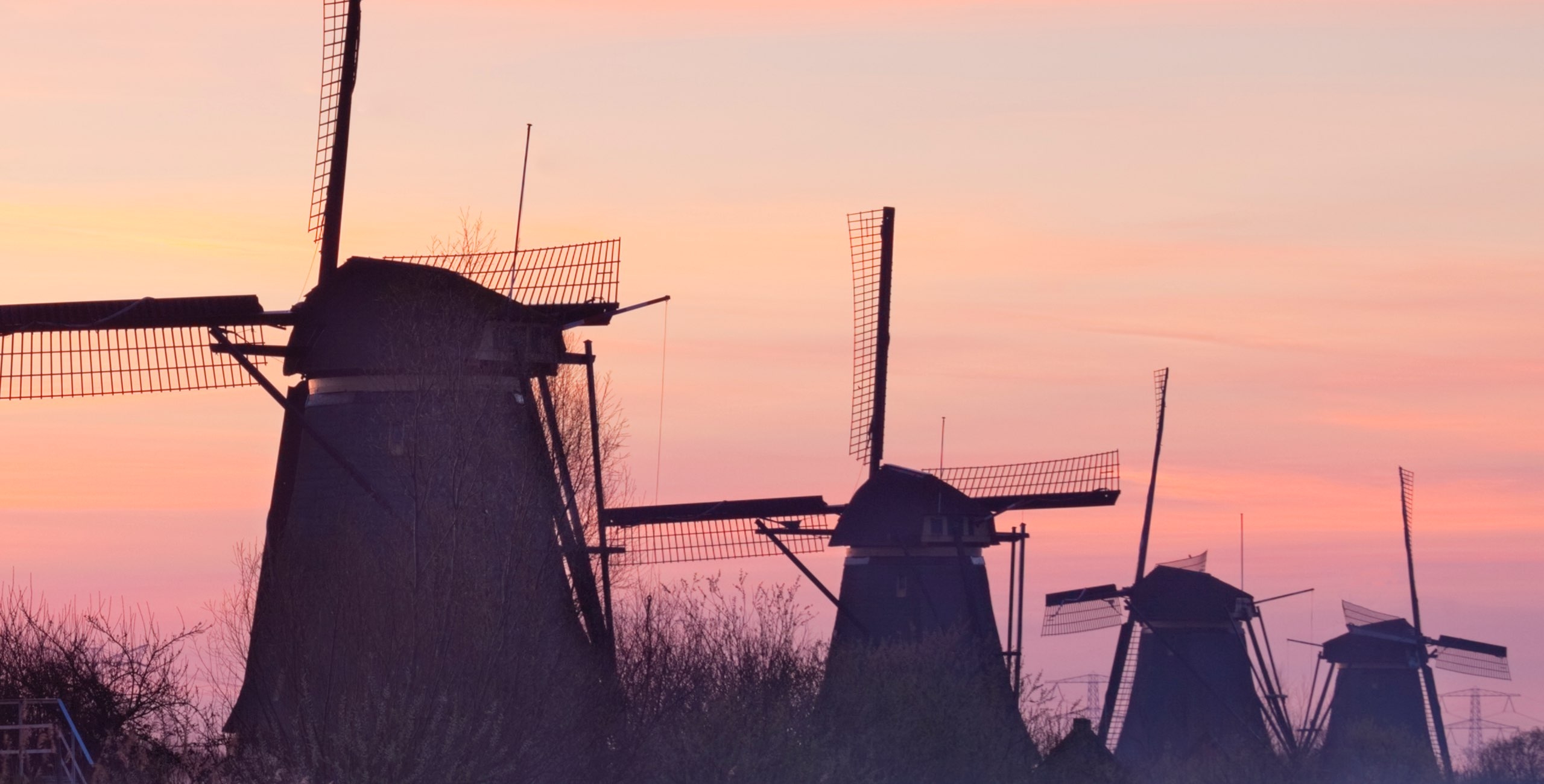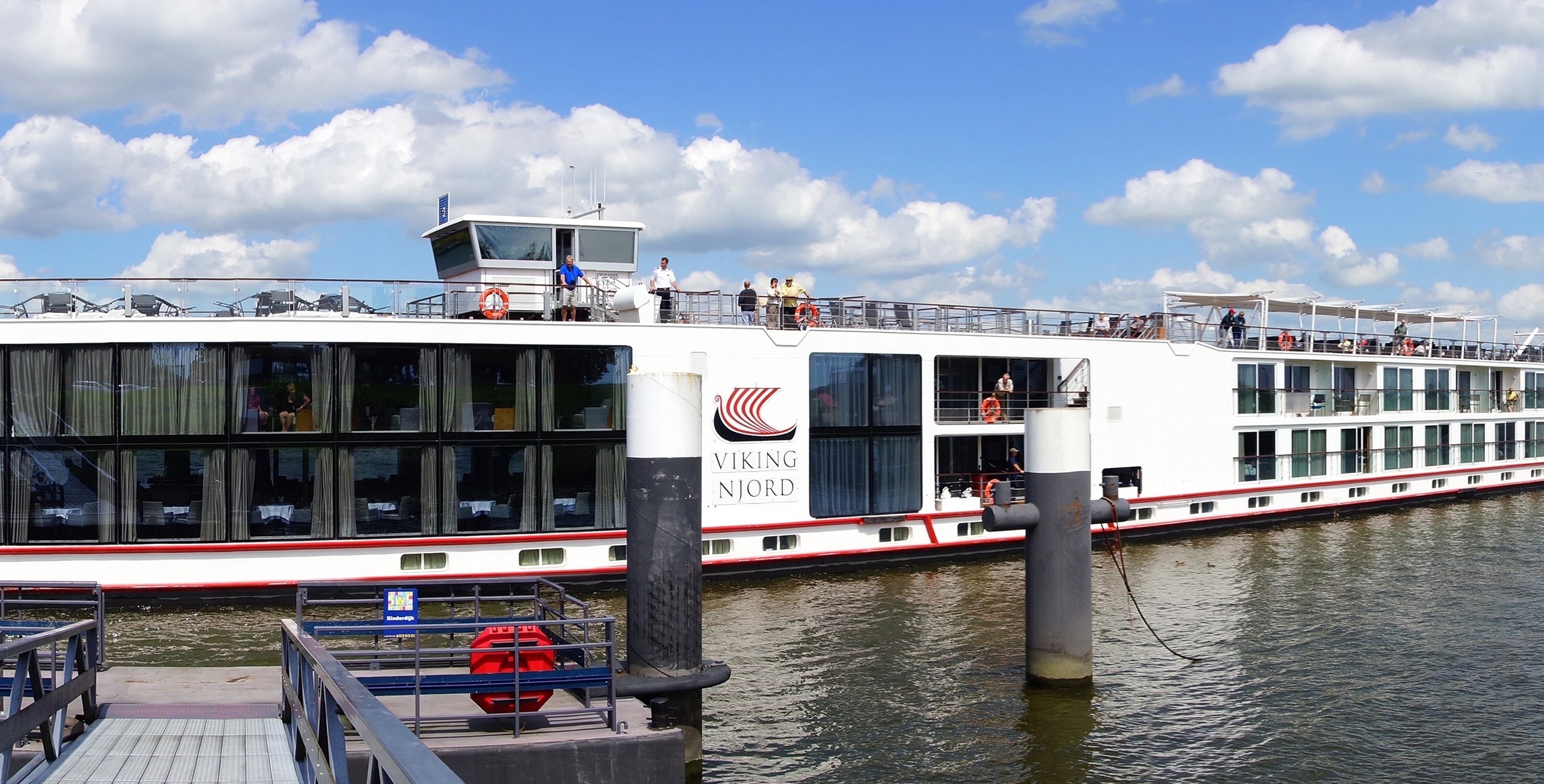The next World Heritage
BLOC secures Future World Heritage with regional approach.
The new development and operational model of Kinderdijk is an example for other world heritage sites. The success of the approach lies in making use of the potential for visitors, limiting the burden on the region through visitor management and organising a regional financial package based on investment, not subsidies; hence, an area-specific approach.Several years ago, the Kinderdijk World Heritage Foundation (SWEK) stood on the brink of bankruptcy. There was no sustainable financing and organizational model. To save the mills, the municipality of Nieuw-Lekkerland (now Molenwaard) took them over for the symbolic amount of one euro and obtained a million-euro bank guarantee. To preserve this site for the future, SWEK, the municipalities of Molenwaard and Alblasserdam and the province of Zuid-Holland were faced with the task of arriving at a different, sustainable operating model.

The full experience
The windmills of Kinderdijk are a popular attraction for domestic and foreign tourists, and increasing the number of paying visitors is part of the solution. But at the same time, the residents of the two communities really appreciate the peace and the quality of the environment. Visitor flows, and in particular the inconveniences they cause, such as congestion on the dike, are a thorn in some residents’ sides. The current visitor numbers provide too little economic spinoff for the region.
The mill area has always been free. A modest contribution is requested for some attractions, such individual mills. Many visitors simply take a look from the public road, but this will change. A new visitor centre opens in 2017, helping to turn the site into a real tourist destination and an experience in its own right.
Creating more and better attractions and amenities gives visitors a richer experience, encouraging them to stay in the area longer and spend more and making it possible to increase the price of a ticket to the visitor centre and the attractions and thus to maintain the area better. Smart management accommodates increasing visitor flows without compromising the quality of life for local residents. This includes a real-time availability and reservations system for parking spaces and the creation of a Stop & Go zone for coaches.
Fatih Özdere, Molenwaard’s councillor for the economy and tourism, says: “This creates calm amid the hustle and bustle, for residents and visitors too. Visitor management is a great tool: the tourists come anyway, so it’s better to plan ahead than be overwhelmed by them.”
To increase the number of paying visitors, SWEK also focuses strongly on people from the local area. It is cashing in on regional opportunities by establishing more transport connections, developing visitor packages, and investing in attracting international tourists in the coming years. It has signed longterm contracts with river cruise lines, ensuring Kinderdijk’s popularity with foreign visitors.

River cruises
The UNESCO site is accessible from each side by a narrow dike road. Homes and businesses are located directly beside the road and the traffic partly runs through the centre of the village. There is a bus connection, but the journey from Rotterdam and Utrecht is long. Kinderdijk is easily accessible by water, though until recently there were no direct boat connections to the site.
It turns out that the increase in traffic to and from Kinderdijk, as predicted in various forecast scenarios, can be largely accommodated via the water. This limits the burden on the access roads and is also faster and more sustainable than transport by bus or car. In the future, it could become even more so if electric boats are used. “The waterways are the connecting link between Rotterdam, Kinderdijk and Dordrecht,” says Gerbrand Schutten, head of Waterbus. “They represent a great opportunity to let Kinderdijk flourish as a destination. Destinations are key for passengers, particularly if they’re special, attractive and easily accessible.”
In spring 2015, a Waterbus stop opened right in front of Kinderdijk, and it is possible to get there from the Erasmus Bridge in twenty minutes. The site’s accessibility has increased with new docks for river cruises and the Waterbus, and visitors get off right at the entrance. The added value for local residents is demonstrable, and the arrival of the Waterbus has been an immediate success, explains local resident and activist Wim Erkelens. He points to the old slogan of inland navigation: “Travel by water is the right way.”
Visitor Management is a great tool (Alderman Fatih Ozdere)
Flywheel
Funding for the work being carried out at Kinderdijk comes from a regional investment programme involving ten public- and private-sector bodies. Together, they are working to increase the visibility, accessibility and attractiveness of the area between Kinderdijk, the Biesbosch and Dordrecht, known as the Water Triangle. The programme has invested six million euro in the site, and other organizations have contributed a further million.
An economic perspective looks at how much has been invested in Kinderdijk, and how much this yields in additional visitor revenue and other financial spinoffs. Much of the fund is used for the site itself and the maintenance of the mills, and the remainder is spent on developing the quality of the region, for example by promoting tourism and recreation outside the mill area, and maintaining the infrastructure and landscape.
These investments were unthinkable a few years ago, when municipal and provincial authorities were spending money simply on saving Kinderdijk. Today, the funds are being used to future-proof this unique site and develop a sustainable economic growth model. “By adopting a site-specific heritage strategy, we’re reinventing the whole of the mill landscape,” Ben de Vries explains. He is programme leader of World Heritage RCE, which, over a period of five years, has invested one and a half million euro in Kinderdijk on the government’s behalf, with a particular emphasis on the educational function of the visitor centre and other smaller facilities. De Vries believes that the financial injection has led to increased support and involvement, and contributed to a change in mindset. “It sets tongues wagging, other people open their wallets, and everyone gets stuck in together.”

